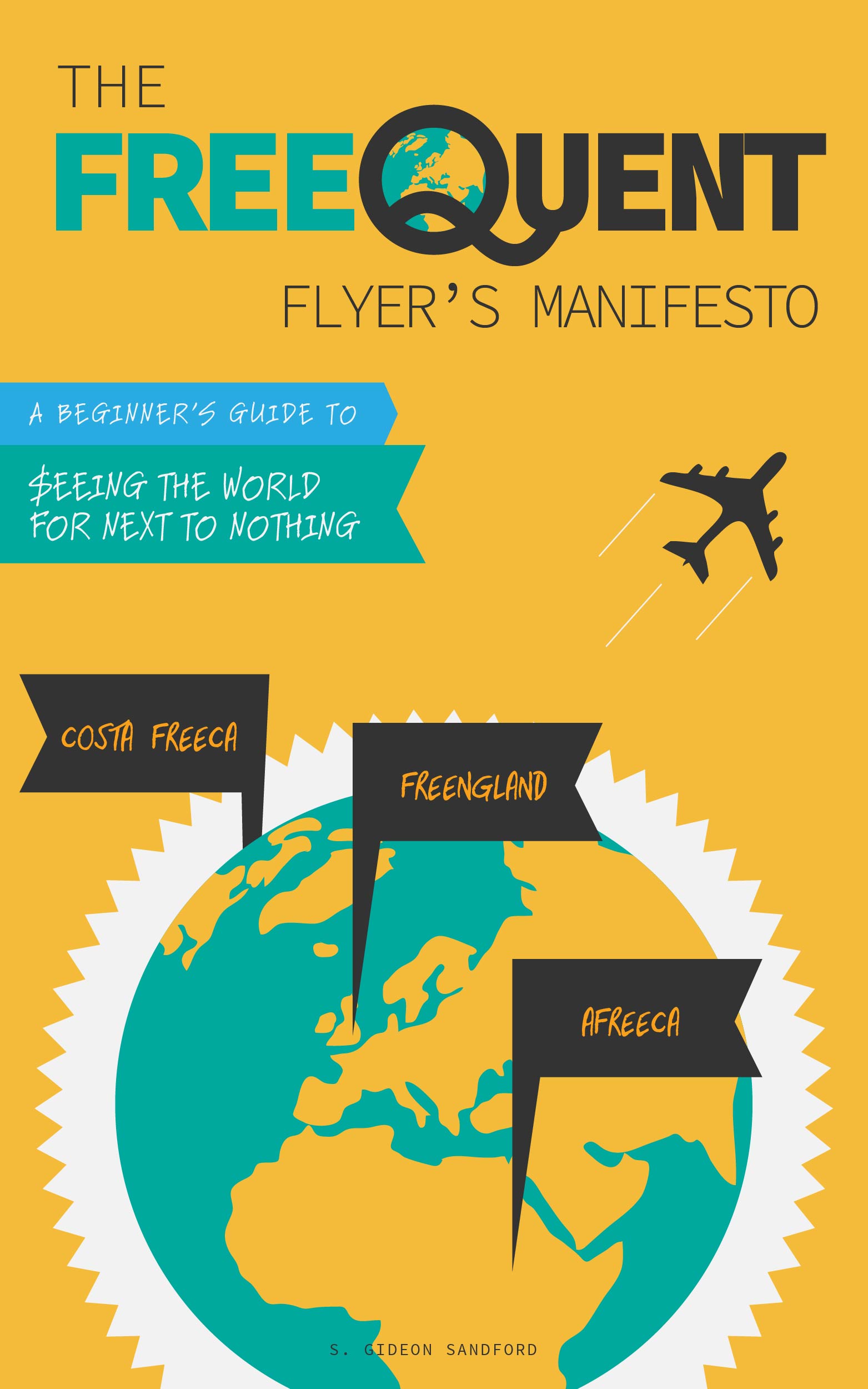Breaking: Hotel IT is not very good
/One reason I love meeting travel hackers is that every one has a unique "origin story" for how they became interested in the game in the first place. For example, I accidentally earned elite status with Delta one year, and in the course of searching out the benefits of my Silver Medallion status began to learn about and get involved in the community, as well.
Often an initiation into travel hacking comes with the discovery of a new trick. A friend discovered that his United global upgrade certificates weren't actually disappearing from his account when he redeemed them. He was sure no one else on Earth could possibly know about this bug (I believe it was actually quite widely known among travel hackers who fly United).
Hotel loyalty programs have pretty bad IT
In many ways this is understandable: Hilton HHonors has to design systems that allow both the Hilton Garden Inn DFW Airport South and Conrad Maldives Rangali Island to interact with Hilton's sprawling reservation system — and Hilton doesn't even own most of the properties using their software!
Sometimes bad IT just makes interacting with the chain more of a nuisance — IHG Rewards turns something as simple as signing up for a promotion into a Herculean achievement, and Hyatt doesn't allow award stays to be changed or canceled online.
But at other times, bad hotel loyalty software design can be turned to your advantage. Here are a few questions you might ask as you make your way through the world of hotel loyalty programs.
How do hotels batch nights into stays?
Every hotel loyalty program I'm aware of "batches" consecutive nights at the same property into a single stay for the purposes of earning elite status and qualifying for promotions. For example, pre-devaluation a single Club Carlson credit cardholder couldn't book multiple pairs of award nights and receive every other night free. For stays longer than 2 nights, people developed workarounds like having a spouse book every other pair of nights, or booking the first two and last two nights before booking a fifth night connecting them to receive 5 nights for the price of 3.
Another workaround was to simply pay cash for a third night, which gave you the added flexibility to make your cash reservation for either the first or last night — whichever was cheaper. In one of my very first subscribers-only newsletters, I shared my experience doing so during a promotion that gave 38,000 bonus Gold Points after 3 paid stays. Even though only one of my 3 nights was paid, my theory was that since my first night was paid, when the two reservations were batched together all three nights were treated as paid nights and I earned the bonus Gold Points — enough points to cover the entire 2-night award reservation!
I don't know how other loyalty programs batch nights into stays — but I'd like to find out.
How do hotels determine if a stay is eligible or not?
Marriott has recently run a series of promotions where bonus points are earned starting on your second eligible stay with Marriott. Besides being another example of how poorly Marriott Rewards treats its members, it also raises the question of how Marriott determines if a stay is eligible or not. After all, even if you stay with Marriott frequently, you want to start earning those double points as soon as possible. It may be that Marriott requires you to stay on a paid rate. It may be that Marriott will treat stays as eligible if you simply charge a movie or a beer to your room on an award stay.
I don't know how Marriott determines if stays are eligible — but I'd like to find out.
Peak under the hood whenever possible
I hope you're already logging into your hotel loyalty accounts after your stays are completed in order to make sure you received your earned points. Instead of just making sure stays appear, you should also do your best to understand why you earned the exact number of points you did. One of the reasons I developed my points density charts is precisely how difficult the chains make it to determine how they award points.
For example, Hilton awards 10 "base points" per dollar spent. If you select the "Points & Points" earning style, you earn a 50% bonus on those base points. If you're a Diamond elite, you earn another 50% bonus, but only on those base points, not the Points & Points bonus points. In other words, Diamond elites earn 20 HHonors points per dollar spent at Hilton properties — plus 1,000 extra bonus points at many Hilton brands!
Conclusion
In many ways these are the same kinds of questions we ask about airline loyalty programs (if I'm rebooked on an award ticket into a paid fare class, will I earn miles? Can I apply upgrades?) and manufactured spend (are these debit cards PIN-able?).
On the other hand, hotel loyalty programs are different in that consolidation has been much more gradual than what we've seen in the airline industry and that hotels are, by and large, not owned by the chains that administer their loyalty programs. Meanwhile, hotels constitute a large part of my travel budget; as I sometimes point out, I only need one or two plane tickets, but I might need 5 or 10 nights in a hotel.
That increases my incentive to be more aggressive with hotel loyalty programs than I am with airlines — I often simply pay whatever the airlines are asking for, but almost never stay at hotels on paid rates.


